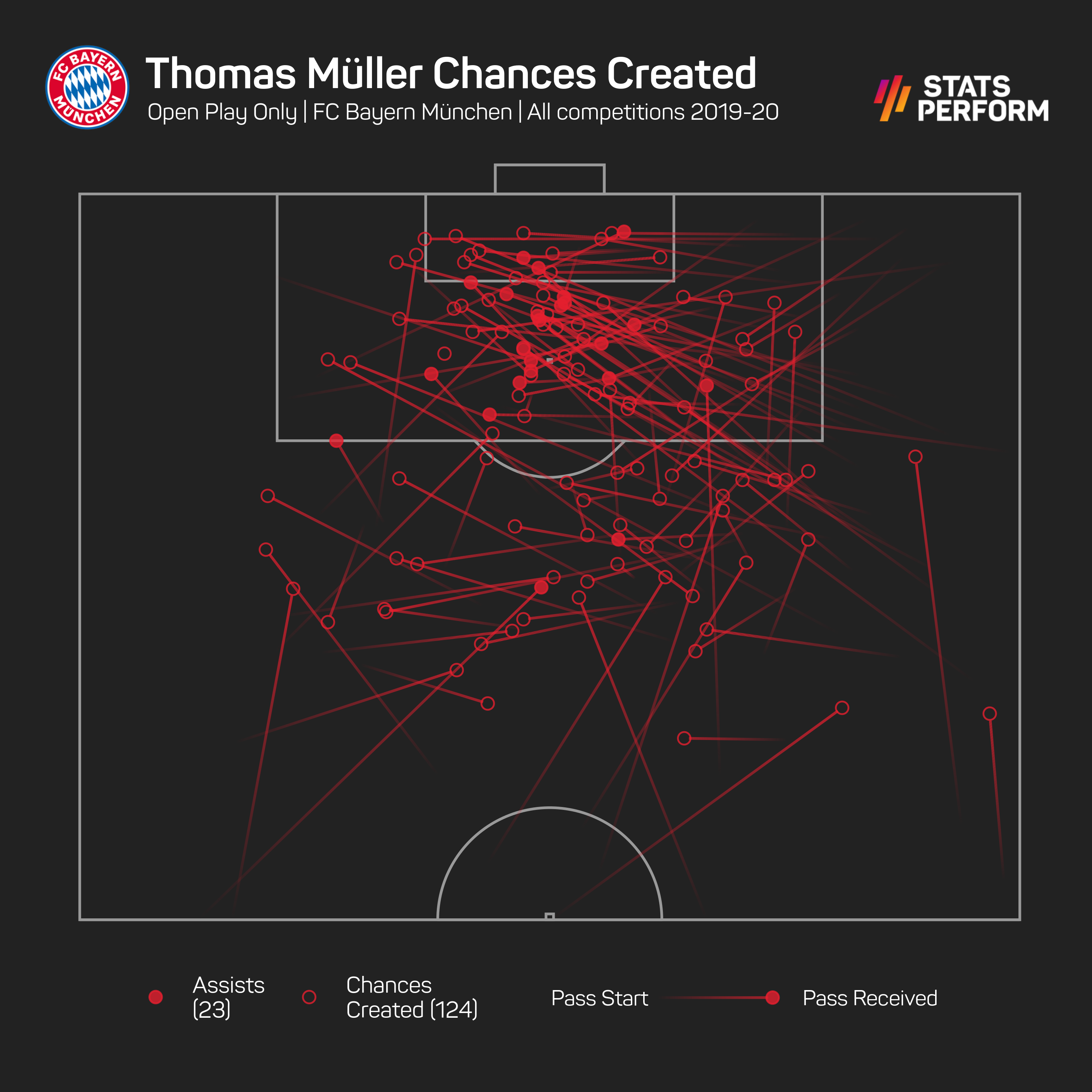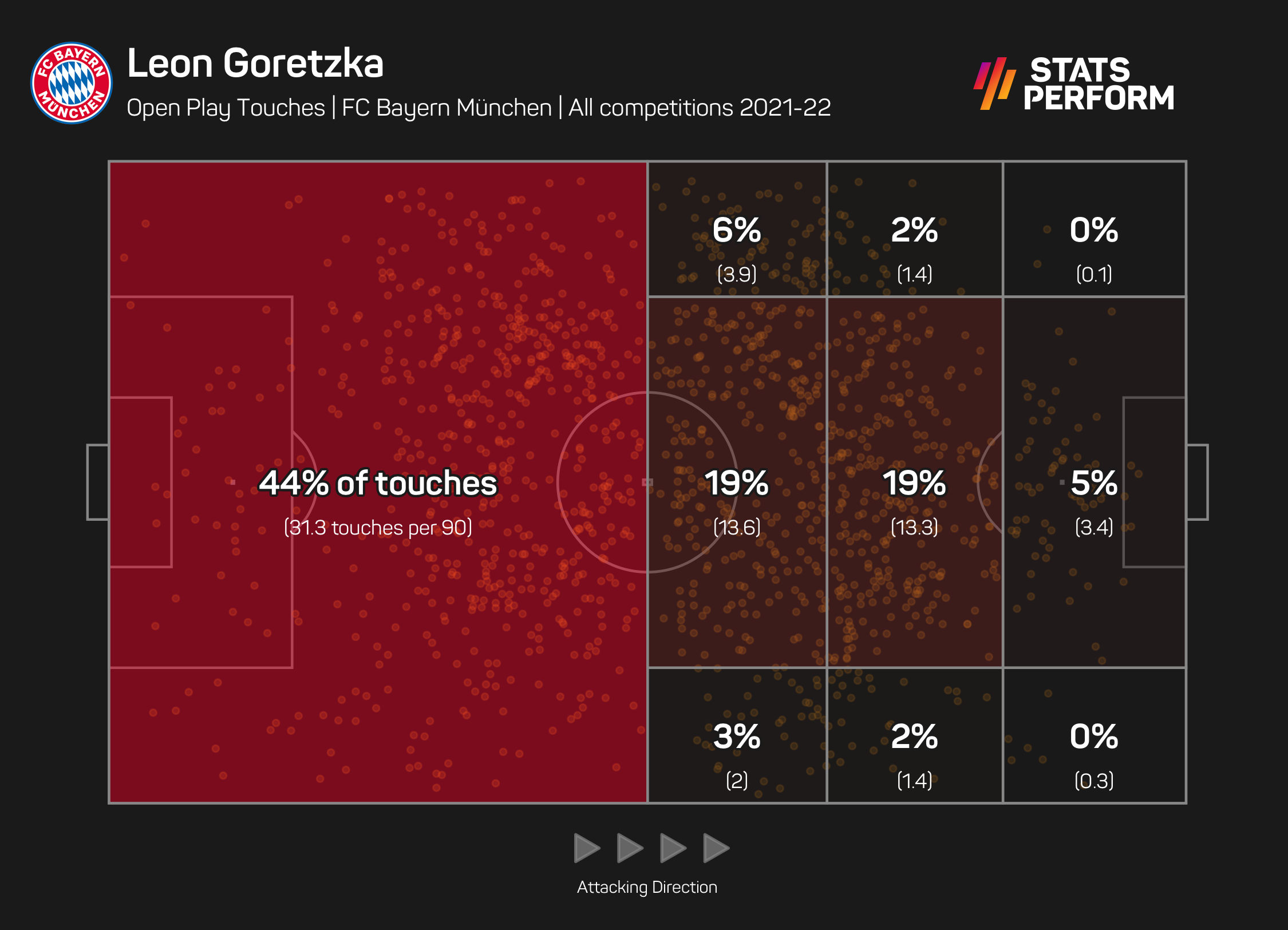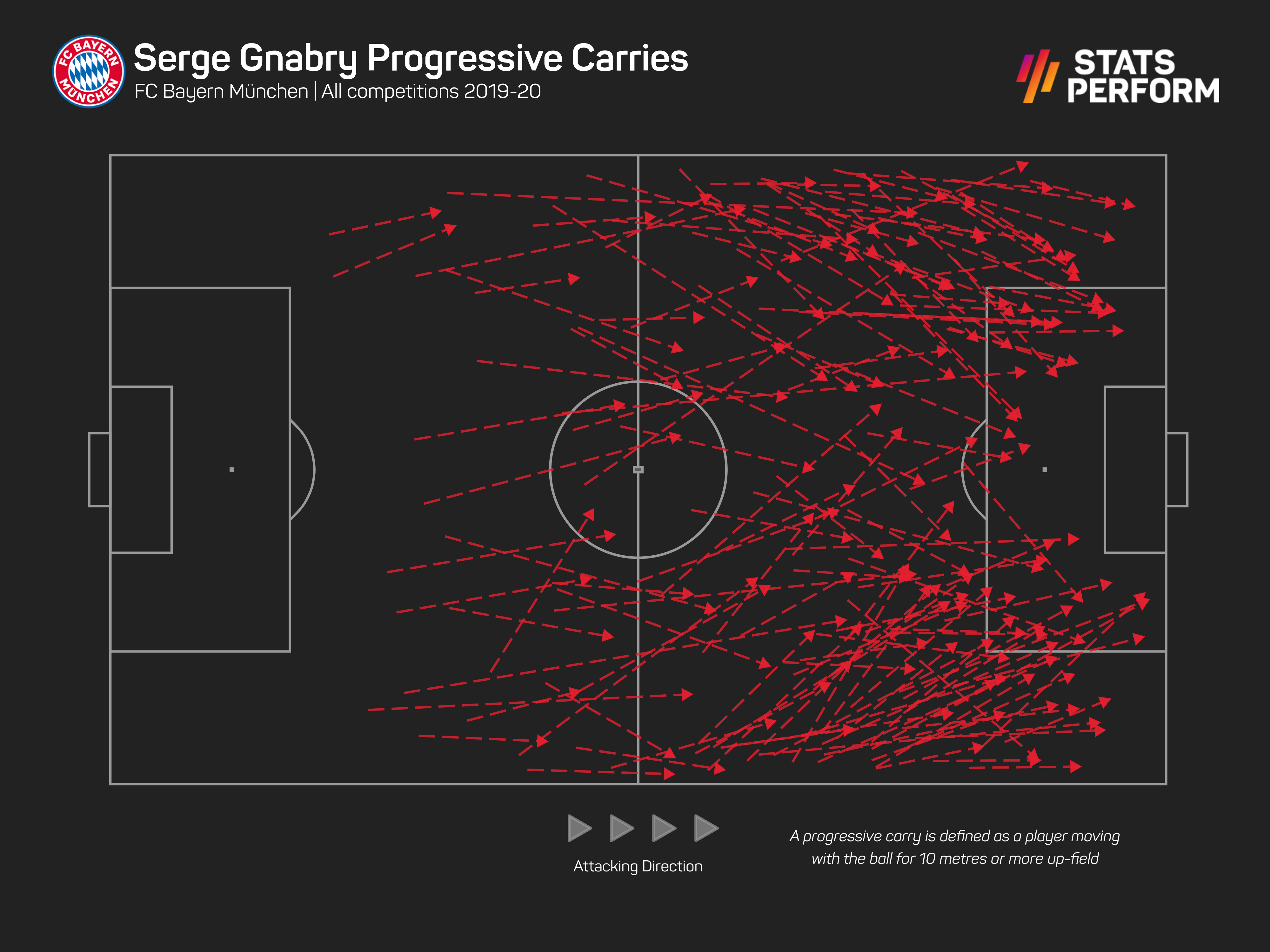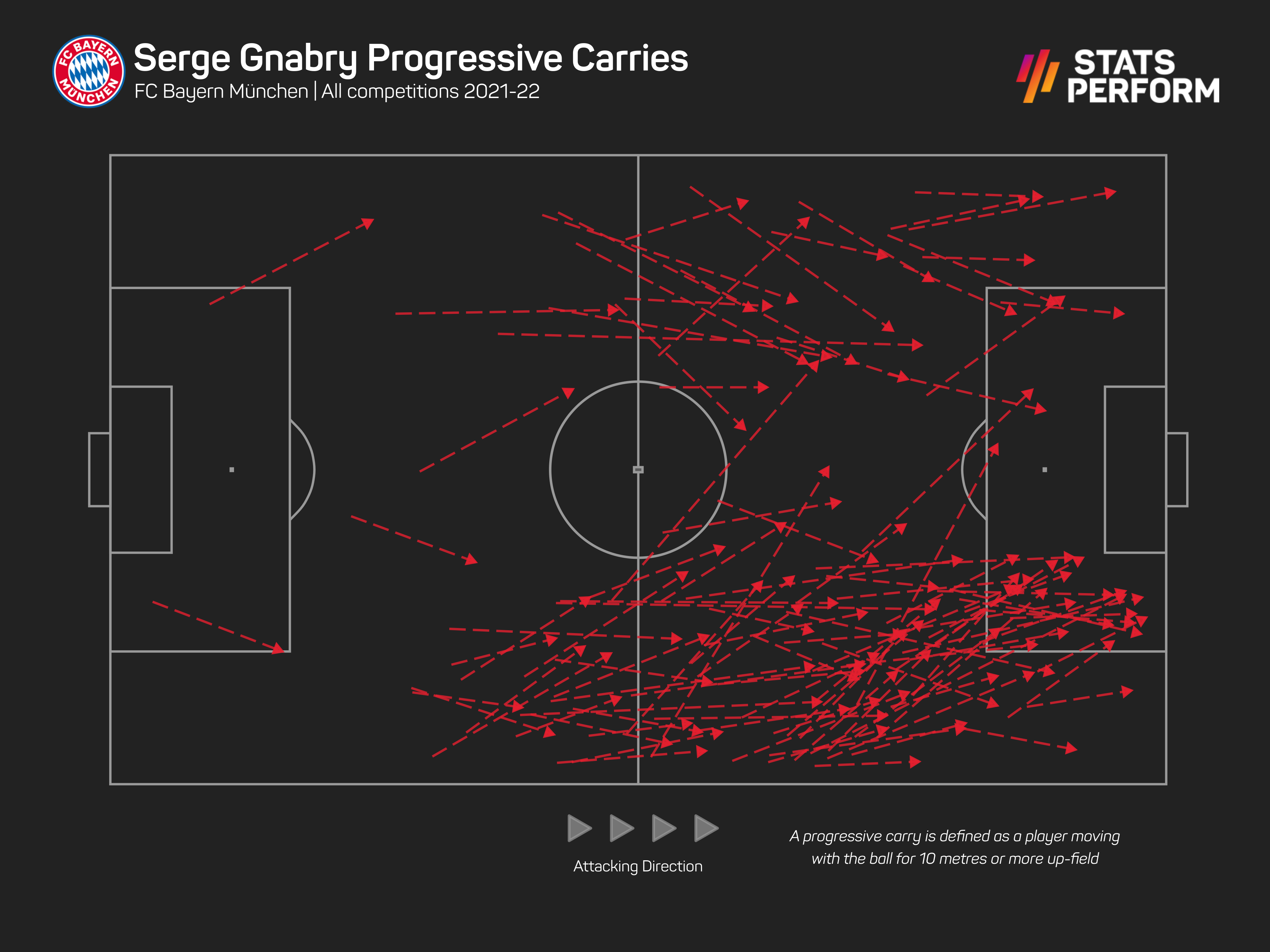BUNDESLIGA
Der Klassiker: Can Bayern sustain dominance under Nagelsmann?
In this footballing climate, what are Bayern Munich and where do they sit in its pecking order?
From Barcelona, to Paris Saint-Germain and Juventus in recent years, the financial and footballing disparity between Europe's elite and the rest has warped perception. Lifting the league trophy at the end of the season no longer provides safety for a head coach.
Even then, Bayern are an extreme example. In the six years since Pep Guardiola left for Manchester City, they have gone through six head coaches, despite winning the Bundesliga in every season over that same period.
Bayern have been global standard-bearers for nearly four decades. Where other clubs and leagues have had lull periods away from the very highest levels of European football, they have consistently been in contention for silverware, even in relatively weak periods.
Just as importantly, though, the superiority clubs like Bayern now enjoy almost automatically dictates they will dominate possession in many games, irrespective of the ideology of the coach in charge and whether their teams can function with the ball as a consequence.
Niko Kovac's first season in 2018-19 was a good example of this. Bayern came nowhere near functioning in possession relative to the array of talent they had and still – along with some aid from Borussia Dortmund's regression to the mean after initial xG over-performance under Lucien Favre – managed an 11-point turnaround from third place in February to win the Bundesliga.
Meanwhile, they were comprehensively beaten by Liverpool in the last 16 of the Champions League with the majority of possession. Things declined even further under Kovac in his second season, before Hansi Flick took over the head coaching role, conquered Europe and subsequently replaced Joachim Low as the German national team coach at the end of the 2020-21 season.
This is the wider context that must be considered for Julian Nagelsmann's first season and what follows, because both club and international football ultimately acts within a continuum. Ahead of this weekend's Klassiker, much like that first season under Kovac, there's a dissonance that will accompany Bayern's title win.
Ultimately, a 10th consecutive Bundesliga title will not wash away the taste of Bayern's meek elimination at the hands of Villarreal in the Champions League quarter-finals. Those two legs were a microcosm of numerous aspects concerning this Bayern season – their true capacity in possession relative to the level of opposition, Nagelsmann's continual switching between 4-2-3-1 and 3-4-3 formations, and finally from a standpoint of net gain, whether he's really getting the most out of the extraordinary creative forces that are Thomas Muller and Robert Lewandowski.
It is hard to overstate how Muller and Lewandowski provided more than goals and assists for Bayern under Flick. The utilisation of that duo was integral to the team's very functioning in possession, especially with Thiago Alcantara missing significant portions of that post-lockdown run late in the 2019-20 season. Kingsley Coman's decisive goal in the 2020 Champions League final against PSG was a perfect picture of the team when all three of Lewandowski, Muller and Thiago played – having initially tried to cover Muller, Leandro Paredes had to scramble, but it was too late, as Thiago fired his pass into Joshua Kimmich and Bayern got up the pitch.
Their combined touches in open play per 90 minutes under respective coaches makes for a good starting point. Under Kovac, Lewandowski and Muller held a combined 98.19 touches and 3.35 chances created from open play per 90 in all competitions. Flick's arrival leads to a dramatic spike for the two in both categories, with 107.6 touches in open play and 4.53 chances created in open play per 90.


Father Time will dictate an inevitable decline for the two as they approach 35, but more pertinently, Nagelsmann's approach has led to a return to their numbers under Kovac, with 98.59 touches per match and 3.85 chances created from open play between the two in all competitions this season. Then there's the discrepancy in eventual shot location.
The difference lies in involvement. Under Flick, Muller and Lewandowski effectively played as two strikers in a 4-4-2, while the wingers kept the defensive line pinned back, allowing the two with sufficient space to retreat and operate between the lines. Especially with midfielders like Kimmich and Leon Goretzka who do not like receiving the ball in tight areas, it was a critical component of Bayern's play and enabled them to open up the pitch.
Kimmich's increase in chance creation – his 2.83 per 90 this season is his highest out of the last four seasons in all competitions – is arguably born of the fact he is now Bayern's set-piece taker. His chance creation in open play has actually gone down from last season's 1.68 to 1.44, despite an increase in touches from 100.8 to 105.85.


Lewandowski and Muller's comparatively higher positioning and primary objective of threat behind the defensive line under Nagelsmann frankly makes the switching between 4-2-3-1 and 3-4-3 irrelevant, because the 34-year-old has taken away the very thing that made Bayern function to begin with – the pair's ability to incorporate as well as get on the end of moves. Jamal Musiala's deployment in a 3-4-3 in the second leg against Villarreal only managed to clog the middle of the pitch up even further.
The player who has suffered the most with this change, however, is Serge Gnabry. His combined xG+xA figure of 0.92 in 2019-20 has dramatically decreased to 0.69 this year, while the middle of the pitch has been completely closed off to him, something evident in his dribble progression.


It all relates to the eventuality of Bayern's shot location and quality. Shot volume in Nagelsmann's first season has gone up to 20.13 in comparison to the 18.08 of that treble season under Flick, but they are shooting from further away, and with no increase in xG per shot. Against better defences, teams that hold high volumes of possession but ultimately struggle to play through the middle of the pitch are eventually found out. That has been the case this year, in Europe and particular in domestic losses to Eintracht Frankfurt and Borussia Monchengladbach.
This all exists amid the backdrop of Bayern Munich's waning financial power and status as a destination in relation to the rest of Europe's elite. Bayern centre-back Niklas Sule is set to leave for arch-rivals Borussia Dortmund. Emerging stars from within the Bundesliga who traditionally would have been guaranteed to end up at Sabener Strasse such as Dortmund's Erling Haaland, or RB Leipzig's Cristopher Nkunku and Josko Gvardiol, appear destined for elsewhere.
In the meantime, Bayern are reportedly haggling with Ajax over the release of Ryan Gravenberch who, despite the hype, arguably will not transform their midfield – much like Corentin Tolisso and Marc Roca.
There is also the small matter of Lewandowski's contract not being renewed and running the risk of expiring at the end of next season.
Sustained success can run the risk of providing diminishing returns, much like Juventus discovered in Italy. The question for Bayern is how to avoid it both as a club and under Nagelsmann, but can they?
#Borussia Dortmund
#Robert Lewandowski
#Thomas Müller
#Serge Gnabry
#football
#Niklas Süle
#Bundesliga
#Joshua Kimmich
#Bayern Munich
#Julian Nagelsmann
#Hans-Dieter Flick
